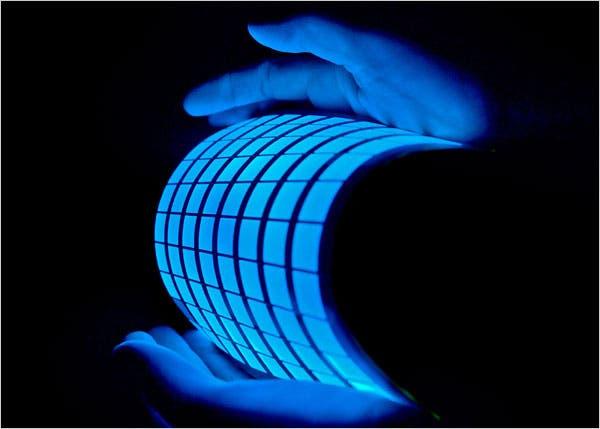Blog
The Future of LED Lighting: What’s Next in Innovation
LED lighting has come a long way since its inception in the 1960s, and its growth and innovation show no signs of slowing down. With its energy efficiency and long lifespan, LED lighting has become an increasingly popular lighting solution across industries, from residential to commercial and industrial applications. But what’s next for LED lighting? What new innovations are on the horizon that could further revolutionize the lighting industry?
One exciting area of innovation in LED lighting is the development of “smart” lighting systems. Smart lighting systems use sensors and advanced controls to automatically adjust lighting levels based on factors such as occupancy, daylight levels, and user preferences. These systems can help reduce energy consumption and improve the quality of lighting, leading to increased productivity and well-being. Smart lighting systems can also be integrated with other smart building technologies, such as HVAC and security systems, to create a fully connected and optimized building environment.
Another area of innovation in LED lighting is the development of color-tunable lighting. Color-tunable lighting allows users to adjust the color temperature and hue of their lighting, creating a customized lighting environment that can improve comfort, productivity, and mood. For example, warm lighting can be used in the evening to create a relaxing atmosphere, while cooler lighting can be used during the day to promote alertness and productivity. Color-tunable lighting can also be used in commercial and retail settings to highlight products and create a specific ambiance.
Lighting manufacturers are also exploring the use of organic LEDs (OLEDs) in lighting applications. OLEDs are a type of LED that use thin layers of organic materials to emit light, rather than traditional inorganic semiconductors. OLEDs offer a number of advantages over traditional LEDs, including a wider range of colors, improved energy efficiency, and the ability to be printed on flexible substrates. OLEDs also have the potential to be used in a range of innovative applications, such as flexible, rollable, and transparent displays.
In addition to these advancements, there is also increasing interest in the development of Li-Fi technology, which uses LED lighting to transmit wireless data. Li-Fi technology can offer faster and more secure data transmission than traditional Wi-Fi, and it has the potential to revolutionize the way we connect to the internet. Li-Fi technology is still in the early stages of development, but it has the potential to become a game-changer for businesses and consumers alike.
The future of LED lighting is also being shaped by the trend towards sustainability and environmental responsibility. As businesses and consumers become increasingly aware of their carbon footprint and the impact of their actions on the environment, LED lighting manufacturers are responding by developing more sustainable and environmentally-friendly lighting solutions. For example, manufacturers are exploring the use of recycled materials in LED lighting products, as well as developing products that are more easily recyclable and biodegradable.
LED lighting is also playing a role in the growth of smart cities, which use advanced technologies to improve the quality of life for citizens and reduce environmental impact. Smart lighting systems, powered by LED technology, can play a key role in the development of smart cities, providing lighting that is energy-efficient, adaptable, and can be controlled remotely. LED lighting can also be used to improve safety and security in smart cities, by providing enhanced visibility and reducing the risk of accidents and crime.
In addition to these advancements, there is also growing interest in the use of LED lighting for horticulture and agriculture applications. LED lighting can be customized to provide the specific spectrum of light needed for plant growth, improving crop yield and quality. LED lighting can also be used to provide lighting for indoor farming and vertical farming systems, which can be used to grow crops in urban areas with limited space.
In conclusion, the future of LED lighting is bright and full of exciting possibilities. With advancements in smart lighting systems, color-tunable lighting, OLED


